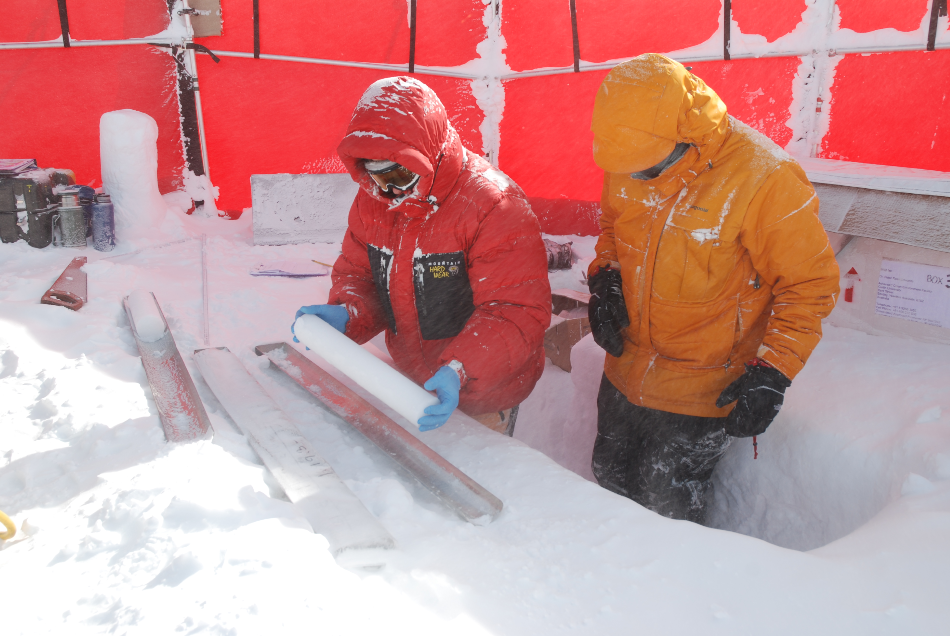Feb 20 2020
Air trapped in Antarctic and Greenland ice sheets over the industrial period has shown that humancaused methane emissions are 25 to 40 per cent higher than previously estimated.
 Image Credit: Dr Andrew Smith
Image Credit: Dr Andrew Smith
Methane is a greenhouse gas responsible for more than a quarter of the increased heating of the atmosphere since pre-industrial times (~1750 AD). It is second to carbon dioxide in terms of its contribution to global warming.
The main sources of methane include wetlands, agriculture, landfills, fires and “fossil” (very old) methane from fossil fuels and natural geological sources.
Measurements of air enclosed in polar ice and more recently from atmospheric monitoring stations show that the amount of methane in the atmosphere has more than doubled since pre-industrial times.
The new findings, published in Nature, have found that the proportion of fossil methane emissions from human activity are 25-40 per cent higher than previously estimated.
Researchers used measurements of the carbon-14 isotope (14 C or ‘radiocarbon’) of methane in samples of air extracted from polar ice sheets to independently quantify the methane emissions from all fossil sources, comprising fossil fuel and natural geological seepage, which are 14 C-free.
Air from pre-industrial times was extracted from the Greenland and Antarctic ice sheets to depths of 138 metres. It showed that there were only minor emissions of natural geologic methane, at most about 10 per cent of previous estimates, with the implication that modern emissions from human activity are therefore much larger.
The research project was led by the University of Rochester and involved a consortium of international researchers which included the Centre for Accelerator Science at ANSTO and the Commonwealth Scientific and Industrial Research Organisation (CSIRO) in Australia.
Dr Andrew Smith and the research team from ANSTO developed the capability that was used to precisely measure the tiny amounts of carbon-14 extracted from the methane in the ice samples, also participating in the Antarctic and Greenland drilling expeditions that retrieved some of the samples.
Dr Smith said that the technique of accelerator mass spectrometry was used to detect and count individual carbon-14 atoms in the samples.
“Even when counting atoms, herculean efforts were required in the field to obtain sufficient quantities of old air for the analyses,” Dr Smith said.
“ANSTO is one of few laboratories in the world capable of making these challenging measurements.”
Dr David Etheridge from CSIRO’s Climate Science Centre used ice cores to reveal the changes in methane sources over the past two centuries, and participated in one of the Antarctic sampling projects that led to this recent result.
Dr Etheridge said that the research answers a long running question about how natural and fossil fuel sources have contributed to the increase in atmospheric methane since pre-industrial times.
“The additional methane emissions now attributed to fossil fuel are consistent with recent research quantifying the methane coming from coal mines, oil and gas production, and fossil fuel use,” Dr Etheridge said.
“These findings help to reduce uncertainty and present a significant opportunity to mitigate greenhouse gas emissions.
“Being a relatively short-lived gas compared to carbon dioxide, atmospheric concentrations of methane would respond quickly to reduced emissions.”